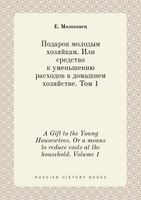Advertisement
Paskhas and Colored Eggs
Paskhi i krashennyja jajtsa
Published 1992
[Translator’s note: Paskha (a sweetened cheese mixture) and kulich (a rich yeast bread with raisins and almonds) were the highlights of the Easter table. These distinctive desserts were especially savored as they marked the end of the long Lenten fast when all meat, eggs, and dairy products were forbidden to devout Orthodox believers. In the countryside especially, baskets containing colored eggs, paskha, and kulich were taken to the midnight Church service on Easter eve. As the worshippers gathered, they stood in the darkness, each with an unlit taper in hand, waiting for the service to begin. At midnight the priest lit the first taper to mark the resurrection of Christ. From this taper, all the others were lit, and soon the entire church was aglow. The priest then led a candlelit procession out of the church and circled the building three times; he finished by blessing all the dishes and baskets of foods that were arrayed inside and outside the church. The parishioners reclaimed their baskets and hurried home to begin the Easter festivities, for traditionally the Lenten fast was broken by foods that had been blessed by the priest. On Easter day, wherever people gathered, they kissed and greeted each other, exclaiming “Christ is risen, ” and exchanged colored Easter eggs.

